Beyond the Snapshots: How To Tell a Story With Your Travel Photography
A little homework can make your travel photography into a true narrative
When it comes to picking a traveling companion, you can’t beat a camera. Whether you pack a massive bag of DSLRs or stick with the little camera tucked into your smartphone, the photographs you bring back from a trip will always be more impactful than a souvenir shot glass or a T-shirt with a mildly clever saying on it. But travel photography is more than simply grabbing snapshots while away from home. Some basic planning can mean the difference between a random stack of photos (be it paper or digital) and a cohesive story that not only captures the place you’re visiting, but your experience of being there.We asked a few seasoned travel photographers about the process of creating and crafting a photographic story. Here are some simple steps to turn regular vacation photos into a photographic travel story.
Do your research
Sometimes, wanderlust can be overwhelming and the urge to hit the open road engulfs you like a college junior who has just read On the Road for the first time. But, doing some basic research before you leave for your trip can make a big difference for your photography. How much research should you do? It depends on your style and your intent.“Somehow, I am both an obsessive type-A planner and a go-with-the-flow hippie trapped in the same body,” says lifestyle and travel photographer Michael George. “When I first get excited about a place, I will research it to exhaustion. I start with people who have been there and get their insights. From there, I look at Instagram hashtags and location tags. Once I feel like I am learning too much, I put on the brakes.” George’s mixture provides a basic structure, but still allows plenty of opportunities for creative discovery.Lifestyle and wedding photographer Sasithon Pooviriyakul changes up her research depending on the purpose of her trip. “It varies depending on whether it’s personal or commissioned work,” she told us. “For assignments, I’ll get a briefing from the client on what I need to deliver and then do my own online research to get a sense of the look and feel of the place. For my personal work, I like to be surprised. I find the best images are the ones that you can’t predict or anticipate. It’s the most gratifying feeling when I have my camera there and capture something.”The key, then, is to do enough research that you feel prepared, but not do so much that you’re already burned out before you head to the airport. Concentrating on the procedural details will help keep your creative bandwidth freed up for making great photos. Researching things like directions, the general safety of different areas, transportation arrangements, and lodging reservations will allow you to keep your eye on your camera rather than your phone as you try to look up a train schedule on sketchy, unfamiliar Wifi.
Michael George: Zion National Park
Last May, my friend Matt and I spent ten days exploring Zion National Park and the surrounding areas. We make a good travel team because he is a reckless Eagle Scout that likes to push boundaries and I am a middle-aged soccer Mom stuck in a twenty-something man body. I grew up surrounded by alligators and cottonmouth snakes in southern Florida but currently I live in Brooklyn, New York where the closest wildlife is the family of mice that scurry up and down the walls of my bedroom. Matt and I chose Zion because it let’s nature capture you, throw you into the crumbling sandstone, and see if you make it out alive.I spent the first few days soaking in the landscape and cataloguing details that give Zion it's unique and other worldly feel. I took note of how the sun arced through the canyon in the middle of the day and wrote down a list of must-have shots. Over the course of the day I photographed textures, landscapes, and used Matt as my go to stand in silhouette. Every corner of the park was spectacular, the only real limit to my creativity was the pain in my knees.
Be realistic about your gear needs
Schools of thought vary quite a bit when it comes to gear. Some photographers like to travel light and bring a single body and lens, while others prefer to have every possible focal length covered. Ultimately, it’s a personal decision, but the choices you make while packing can have a drastic effect on the final look of your photos.“I like to pare down the gear as much as possible when I travel,” says travel and skateboard photographer Jonathan Mehring. “I can do a story with one or two lenses for sure but I'd rather have a few to choose from.” Since much of Mehring’s work involves a skateboard component, he always travels with a fisheye and the necessary gear for high-speed flash.Having an idea of what you want your final photo series to look like will help guide your gear choices, but keeping things light will almost always be to your advantage, especially if the point of the trip isn’t explicitly to take photographs. However, if you know you’re going to be shooting wildlife in a safari-like setting, lugging along that five-pound zoom lens may just be worth it.If you have the means, buy a small, plain-looking bag to carry your essential camera gear. A basic bag won’t draw as much attention to your pricy gear when you’re traveling, and the smaller space will force you to prioritize the gear you actually want to bring. Being less conspicuous can also help you get more genuine reactions in your photographs.
Get the lay of the land once you arrive
No matter how much preparation you’ve done for a trip, you will always discover new and interesting things about a place when you hit the ground. In a 2011 interview for American Photo, iconic documentary photographer Alex Webb shared his approach. “I really believe that whatever ideas exist in my work come out of the experience of wandering and walking.”George takes that concept even further. “The easiest way to get to know a place is to get lost in it. That way, you have to talk to locals to find your way out.” The local folks are often bar-none the best resource when it comes to finding interesting places and also stories that you can tell with your lens.When pros go on assignment, they often use a person called a “fixer” who makes arrangements and shares local knowledge that might otherwise require a lot of work to acquire. But, there are simpler ways to catch local flavor if you’re not on assignment. Pooviriyakul suggests taking local mass transportation to get around rather than driving because it helps you stay more present in the location.Despite your tourist status, it helps to look like you know where you’re going. “I try to act relaxed, like I know the place and have been there before,” says Mehring. Sticking out like a sore thumb can hinder your photographic opportunities.
Jonathan Mehring: India
In early 2013 I was lucky enough to attend the Maha Kumbh Mela near Allahabad, India. My initial inspiration for attending came from seeing a Steve McCurry photograph of the Kumbh Mela in 2001. I had to go see for myself. I did some research and found out that the festival occurs in four different cities every three years and that on every twelfth year it is called the Maha Kumbh Mela or Large Pitcher Fair. Hindu pilgrims gather at the meeting of the Ganges, Yamuna, and mythical Saraswati rivers in a place called the Sangam where the waters mix. Holy Hindu texts relate a story of the gods battling for a pitcher of sacred nectar. At one point the pitcher spilled several drops and where those drops landed indicates the locations for the festival. Bathing in the water at the Sangam on certain auspicious days during the festival will mean the devoted Hindu’s sins are washed away. This particular festival drew near an estimated 100 million people over the course of six weeks – the largest gathering of human beings in the history of the planet. On the main bathing date an estimated 30 million people bathed in the Ganges. Though the crowds may look intimidating, the atmosphere was that of joy and celebration. After all most in attendance knew they would be absolved of all sins and what better reason to celebrate than that?
Vary your POV to include wide shots and details
*Even if you fully subscribe to the “wander and shoot” method of travel photography, a little planning can go a long way in giving your photographs a narrative theme and helping them feel like a cohesive work.“I never make a full storyboard for a travel narrative, but I do make a list of images I think I’ll need,” says George. “I would say 25 percent of every story is made up of images I planned for. Once I have soaked in a place for a while, I’ll make a list of themes that stand out and see if I have any shots to represent those themes, ideas, or moments. If I don’t, I’ll plan to get them the next day.”If you’re specifically working on a series of portraits or landscapes or some other specific discipline, then obviously make that your primary focus, but capturing a variety of shots will often help you round out a series and give you other options when subsequently presenting your work. Wedding photographers, for instance, often make sure to work from wide to tight, capturing everything from tiny details to expansive establishing shots. As a viewer moves from exposition images to granular details, they can feel like they’re being guided through a place rather than simply flipping through a stack of postcards. *
Don’t be afraid of the tourist locations
For many photographers, the idea of making an image that looks like so many others cluttering up Flickr pages and Instagram hashtags is an unpleasant notion. But, going out of your way to avoid the touristy areas in any given place can be a mistake.“There’s something magical about joining in on that shared cultural history, assuming you’re there for the right reason,” says George. “If you take a moment to detach yourself from the hoards of tourists and really soak in the beauty of those places I think you will understand why they became iconic in the first place.”A well-composed and thoughtful image that includes a familiar landmark can act as a strong visual indicator that helps ground a series of images for the viewer. If you present a collection of photos from Paris, your viewers will likely be expecting to see the Eiffel Tower at some point. Not including it should be considered a creative decision on your part, so you want to have a specific point and motivation like you would with any other creative choice.
Take notes as you shoot
Back in the days of film photography, the camera couldn’t keep track of all the data we’ve grown accustom to having now. There were no built-in GPS modules or volumes of handy EXIF data to pull from during the edit process. Keeping a notebook was a no-brainer.Even in the digital age, however, note taking is extremely relevant for travel photographers. Jot down where you were and what you were doing when you took a photo or a series of photos. Adding notes about other sensory details like smell and sound can also be valuable. There’s a chance these details may end up in image captions when you present your photos, or just act as nice reminders of what was happening when you photographed a certain scene.You can use a plain old pen and paper, or just rely on your smartphone to keep your notes so they’re easier to search and organize later. George takes it a step further by writing out extensive narratives during his travels to help contextualize a project. You can also use your phone’s sound recording function to record notes and sound bites, which you can use for research or even include in a multimedia presentation down the road.
Sasithon Pooviriyakul: Japan
Sasithon Pooviriyakul: Japan
Each year, I try and make a conscious effort to shoot personal work outside of my assigned projects. Travel photography is a passion of mine and Japan was at the top of my list to photograph. So when a photo assignment took me to Hong Kong, I knew I had the perfect opportunity to tack on some time and head to Japan afterwards. Whenever I travel and photograph a new place, I like to get lost and just wander.Japan was wonderful to photograph because there are so many different places and pockets to explore and each one feels so different. From a photography perspective, this lends itself to a diverse series of images.
Present your photos in a way that’s worthy of them
Long gone are the days of having to suffer through a family member’s slideshow presentation of their vacation pictures. Now, there are more ways to showcase photos than ever before, so much so that picking the right medium can be tricky.Digital has become the primary medium in most cases, which gives you a ton of options on how your photo series looks. George uses as web-based service called Format to show his photographs in a side-scrolling arrangement. “I break up the series with blocks of text that, ideally, will make the viewer stop for a moment before proceeding.”There are currently many services that offer similar presentations, like Squarespace, Photoshelter, and SmugMug, just to name a few. You can also use programs like Adobe’s Slate to make more custom implementations that integrate photos and text without the sandbox aspects of the portfolio sites.Then, of course, there’s printing. For many, there’s still something very satisfying and even a bit spiritual about flipping through a stack of printed photographs from a specific time and place. Even in the current digital photography age, it’s easier than ever to create elegant photo books through services like Blurb with simple design interfaces and app integration.Whatever you do, don’t let them rot on your hard drive. The photos you share may become the inspiration for someone else to go on their own photographic adventure.
Edit yourself with a critical eye
“Editing is painful,” Mehring tells us, summing up an emotion that’s familiar to many photographers. “It’s hard to kill your darlings, but it’s necessary.” Choosing which images to include in a series is a crucial part of the creative process, even though it can be very tough.“I like to take my time and have the images sit for a bit before I look through them,” Pooviriyakul explains. “Usually, by the time I look at what I shot, I have forgotten what it looks like and I get to revisit the place all over again. That’s also when I find the surprises. There are sometimes shots I never thought would be special when I was taking them, but they actually provide a key detail or moment.”George also likes to give his images some space. “I don’t usually try to edit or sequence a project narrative until I am completely done shooting. It helps to step back, distance myself from the work, and then dive back in.”The key in editing a series of travel photos is considering your audience. If you’re going to be publishing a blog or even a small book that’s meant to be consumed by the general public, a tighter edit with a more focused narrative will go a very long way. If you’re sharing photos with friends and family, a wider edit can be just fine. This is where looking through the work of others can really help. How many images did you get through last time one of your friends dumped a huge pile of vacation photos onto Facebook? Don’t be that person.If there are photos you really love from a trip, be sure to display them and keep them so you can enjoy them. Sometimes our neurotic photo-obsessed brains can disregard an image because it’s not technically perfect or visually compelling, but that’s not a reason to get rid of it. Maybe it won’t make the final version of your blog, but you may be glad you kept it when you look back on your trip years later.
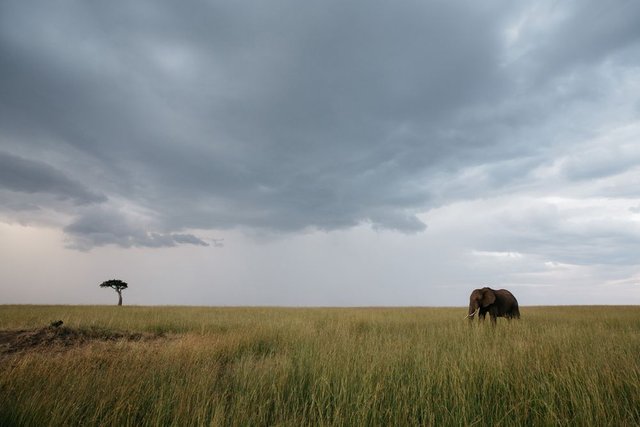
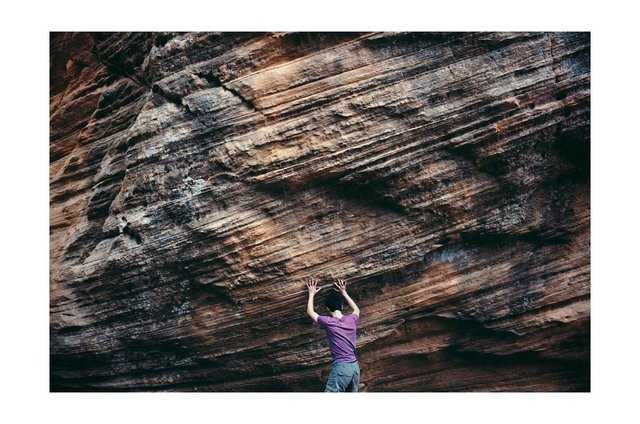
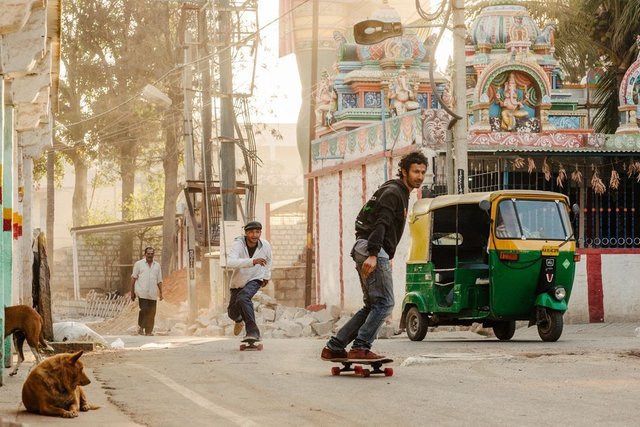
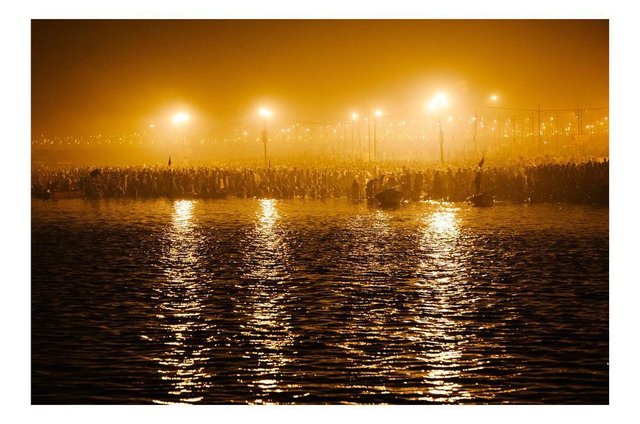
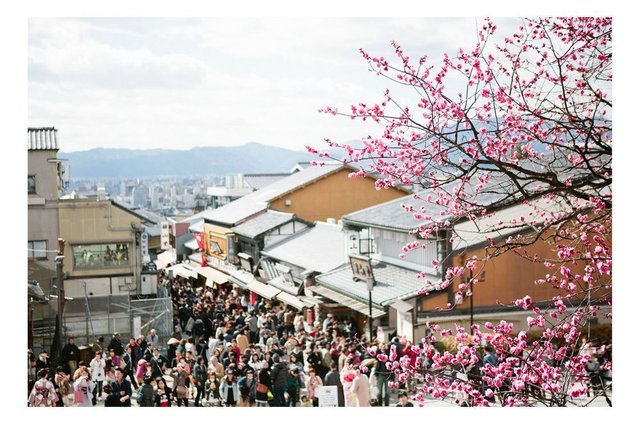
Hi! I am a robot. I just upvoted you! I found similar content that readers might be interested in:
http://www.popphoto.com/beyond-snapshots